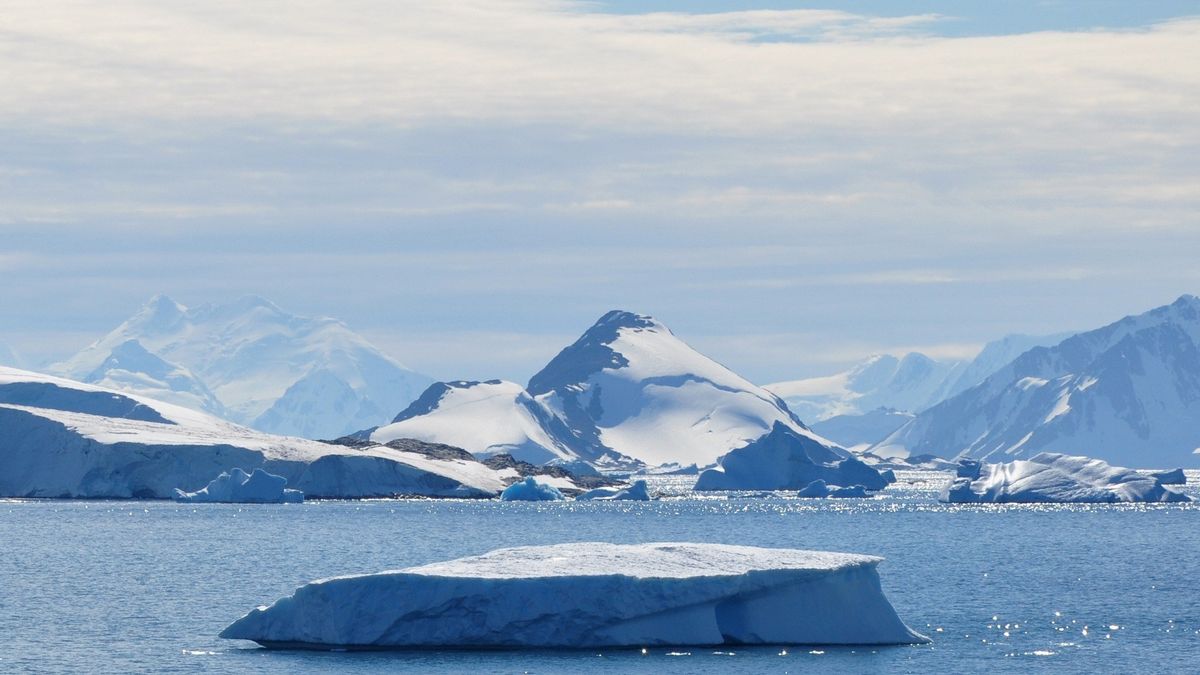JAKARTA - Researchers from the British Antarctic Survey (BAS) found animals, including sea sponges and several potentially undiscovered species, living in total darkness and temperatures of -2.2 ° Celsius, at a depth of 900 meters below the Antarctic ice sheet.
Very few creatures have been found living in extreme conditions. This discovery contradicts all previous theories about the kind of life that can survive there.
This 'accidental' discovery occurred while geologists were drilling in the ice to collect sediment samples when they hit a large rock. The team sent cameras downstairs to investigate and finally saw organisms stuck to the rock. The results of the research were published in Frontiers in Marine Science.
"We were hoping to pick up the sediment core from under the ice sheet, so it was a bit of a shock when we hit the rock and saw from the video footage that there were animals living on it," said Dr James Smith, a geologist at BAS who was part of the team. drilling, launches Euronews.

The drilling site is 260 kilometers from open water, leaving scientists at a loss as to how these creatures are getting enough food to survive.
"This raises more questions than answers, including what will happen to this newly discovered community if the ice sheet collapses," said the study's lead author, Dr Huw Griffiths.
The floating ice sheet is the largest unexplored habitat in the Southern Ocean, according to BAS. Covering an area of approximately 1.5 million square kilometers of Antarctica, only the size of a tennis court has been studied so far.
However, the window for studying this previously unexplored ecosystem may close. Global warming increases the risk that the Antarctic ice sheet - including the Filchner-Ronne Ice Sheet where marine life is found, will collapse into the ocean.

In December, a giant chunk of ice the size of Luxembourg escaped from the Larson C ice sheet, jeopardizing one of the world's most important ecosystems. Experts warn that as Antarctica gets warmer, events like these could become more common.
It challenges scientists to learn all they can about these undiscovered ecosystems before they are lost forever.
"To answer our questions, we have to find a way to get closer to these animals and their environment, under 900m of ice, 260 km from the ship where our laboratory is located," Griffiths said.
"This means that as polar scientists we have to find new and innovative ways to study it and answer all the new questions we have."
The English, Chinese, Japanese, Arabic, and French versions are automatically generated by the AI. So there may still be inaccuracies in translating, please always see Indonesian as our main language. (system supported by DigitalSiber.id)













